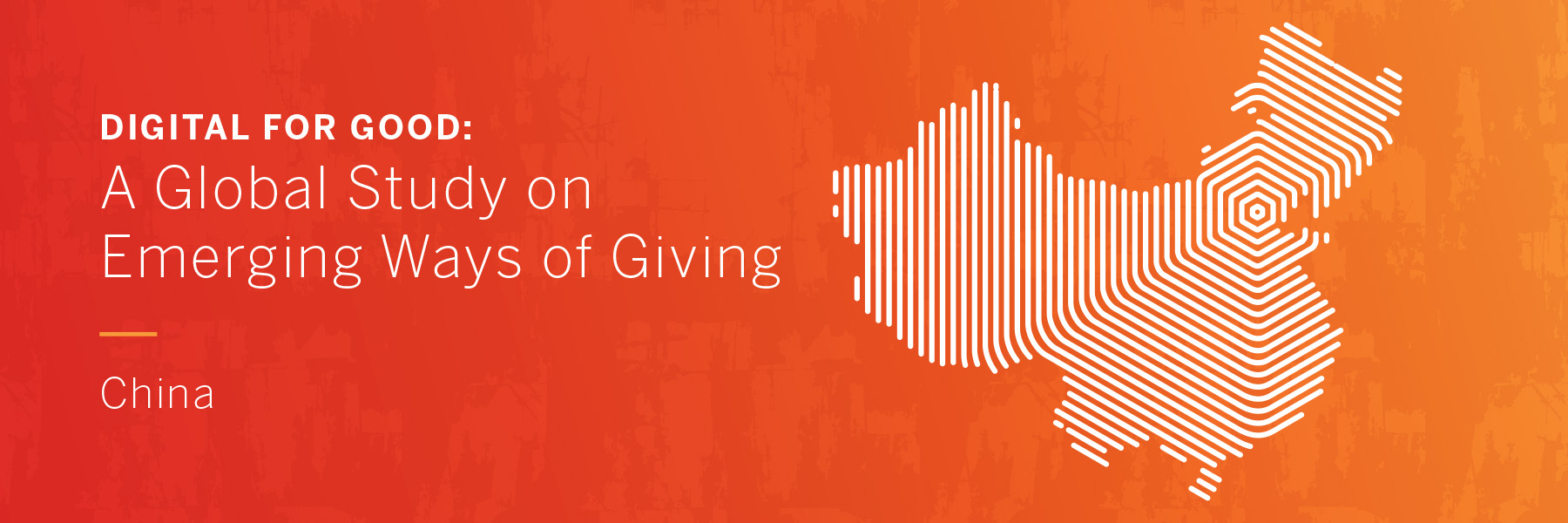Giving online was the most frequently used way of donating by individuals in 2018, according to a survey of more than 4,000 respondents aged 15-69 living in Beijing and five provinces. Social media (e.g. WeChat and weibo) was the top channel where donors received information on fundraising campaigns. Health, particularly assistance for critical diseases, was the predominant cause area of online donations.
Access the Digital for Good: China report.
In this study, an online survey experiment was conducted in October 2021 to examine the effects of three factors—social information, message framing, and nonprofit overhead ratio—on individual donations to an online crowdfunding campaign. Eight hypothetical fundraising scenarios were developed based upon a 2x2x2 factorial research design, where donations were solicited to help patients of critical illness receive surgeries.
The survey asked participants how much they would donate if they were awarded CNY 100, from zero to the full amount of this award. Around one-third of participants indicated that they would donate the full amount of the award. Another one-fifth shared that they would donate more than CNY 60 out of the CNY 100. When being asked about their perceptions of charitable giving, a majority (86 percent) of the participants reported that their concern for people who are less fortunate than themselves is why they donate.


